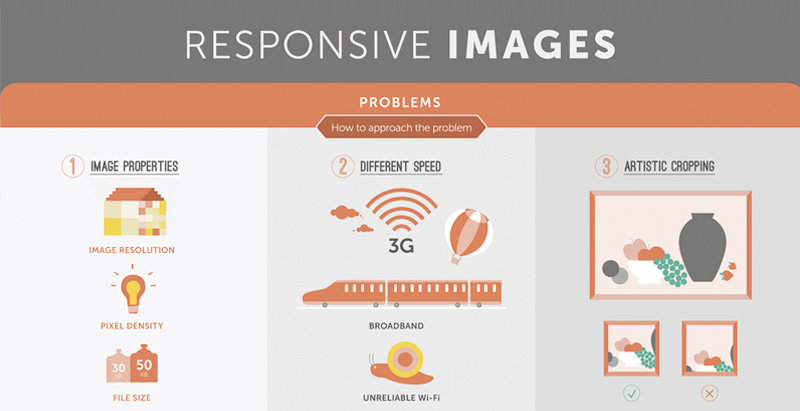Fascinated In Finding Out Just How Web Site Design Has Altered For Many Years? Discover The Journey
Fascinated In Finding Out Just How Web Site Design Has Altered For Many Years? Discover The Journey
Blog Article
Written By-Booker Stender
In the past, sites were basic and focused on information. Navigation was straight, and style was for desktop computers. Currently, user experience is essential. Data guides designs for simple navigation. Responsive designs match different tools. Today, dark mode decreases stress, and minimal food selections boost navigating. Interactive functions engage users, and bold visuals stand apart. AI assimilation improves involvement. See how design has actually developed to enhance your on the internet trip.
Early Days of Website Design
In the very early days of website design, simpleness preponderated. Suggested Webpage were fundamental, with minimal shades, typefaces, and formats. The emphasis got on offering details as opposed to flashy visuals. Individuals accessed the internet with sluggish dial-up links, so rate and capability were vital.
Navigating food selections were straightforward, generally located at the top or side of the page. Internet sites were developed for computer, as mobile surfing wasn't yet widespread. Content was king, and designers focused on easy readability over intricate style aspects.
HTML was the main coding language utilized, and designers needed to work within its constraints. Computer animations and interactive functions were very little contrasted to today's criteria. Web sites were fixed, with little dynamic material or tailored customer experiences.
Rise of User-Focused Design
With the evolution of internet site design, a change in the direction of user-focused style concepts has actually become progressively noticeable. Today, producing internet sites that focus on user experience is critical for involving site visitors and attaining service goals. User-focused style includes recognizing the requirements, choices, and habits of your target audience to tailor the site's format, material, and features accordingly.
Developers currently conduct complete research study, such as customer studies and functionality testing, to gather understandings and feedback straight from customers. This data-driven method helps in developing instinctive navigation, clear calls-to-action, and aesthetically appealing interfaces that reverberate with site visitors. By putting the customer at the center of the design process, web sites can supply an extra tailored and delightful experience.
Receptive design has likewise emerged as an essential facet of user-focused design, guaranteeing that websites are optimized for different tools and display dimensions. This versatility boosts availability and use, accommodating the diverse means customers communicate with web sites today. Fundamentally, the rise of user-focused layout indicates a shift in the direction of developing digital experiences that focus on the requirements and expectations of the end customer.
Modern Trends in Website Design
Discover the most recent trends forming website design today. One noticeable trend is dark setting style, using a smooth and modern look while decreasing eye strain in low-light settings. Another vital trend is minimalist navigating, simplifying menus and enhancing individual experience by concentrating on essential elements. Including micro-interactions, such as animated switches or scrolling results, can produce a much more engaging and interactive website. Receptive layout remains vital, making certain smooth individual experiences throughout different devices. Furthermore, using strong typography and unbalanced layouts can add aesthetic interest and accentuate certain material.
Incorporating AI modern technology, like chatbots for consumer support or individualized suggestions, enhances customer engagement and simplifies processes. Access has likewise come to be a substantial trend, with designers focusing on comprehensive design techniques to cater to diverse user requirements. Embracing sustainability by enhancing internet site performance for rate and effectiveness is an additional emerging fad in web design. Teaming up with user comments and information analytics to repeat and boost design continually is essential for staying appropriate in the ever-evolving digital landscape. By welcoming these contemporary trends, you can create a visually enticing, user-friendly site that resonates with your audience.
Conclusion
As you reflect on the advancement of internet site layout from the very early days to currently, you can see exactly how user-focused style has actually come to be the driving force behind modern-day fads.
Embrace the trip of change and adaptation in website design, constantly keeping the individual experience at the leading edge.
Tippingpointdigital
Stay existing with the current patterns and innovations, and never ever quit progressing your method to produce visually magnificent and easy to use websites.
Develop, adapt, and create - the future of website design is in your hands.
